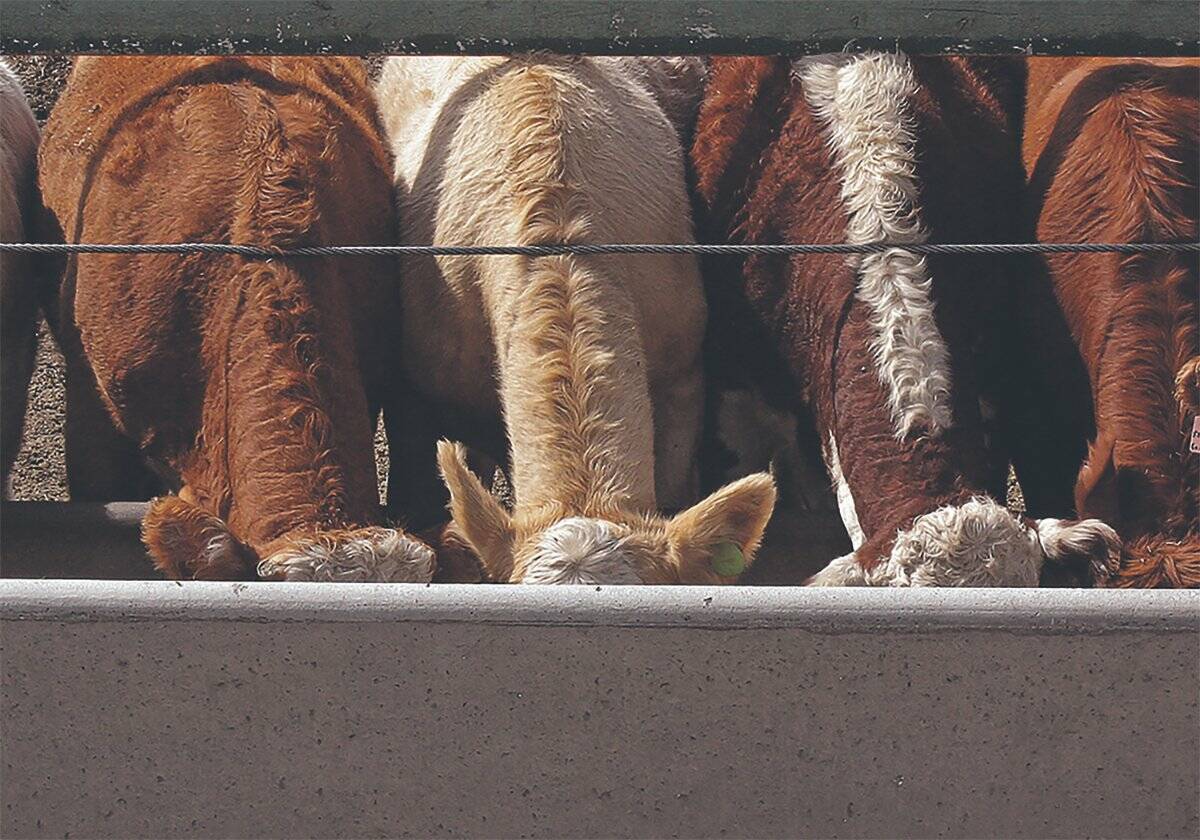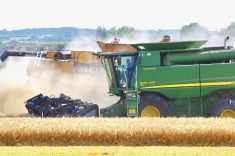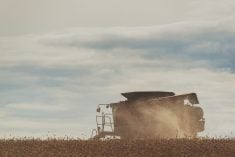Winnipeg, June 25 — Dryness in Saskatchewan could support global canaryseed prices, as the province produces nearly all of Canada’s crop.
Canada is the world’s largest producer and exporter of canaryseed, used mostly in birdseed.
Kevin Hursh, executive director at Canaryseed Development Commission of Saskatchewan, said global canaryseed prices will eventually react to the dryness in Saskatchewan, but he hasn’t seen dramatic changes yet.
“So far I’ve only seen new crop prices up a little bit. I’ve seen a couple of companies offering 25 cents a pound for new crop production contracts,” Hursh said.
Read Also

U.S. livestock: Cattle fall sharply as Trump says he’s working to lower beef costs
Chicago cattle futures fell sharply on Friday after U.S. President Donald Trump said his administration was working to lower the…
The Saskatchewan crop report said that as of June 15, 23 percent of the canaryseed crop was in poor to very poor condition and 34 percent was fair. Only 43 percent was good to excellent.
The crop is struggling the most in west-central and northeast Saskatchewan.
Hursh said he expects yield potential to drop in coming months, especially with Environment Canada forecasting above average summer temperatures.
“With the hot weather that’s called for this summer, I think that’s going to further cook a lot of crops,” Hursh said.
Though crops have been damaged and have less than ideal growing conditions, Hursh said canaryseed production has benefits.
“Even though it’s a small seed, you don’t have to seed as shallow as you would a crop like canola. So I think in most cases the emergence is not as spotty as canola,” he said.
There are two major types of canaryseed grown globally.
The first type is “itchy,” as the seed has tiny hairs on it, which can irritate skin during harvest and handling.
The second type of seed is glabrous, meaning it’s hairless.
Hursch says about 60 percent of this year’s crops are the itchy kind, and the other 40 per cent is glabrous.
“Of course the hairless varieties, the glabrous varieties, are much more pleasant to work with. They’re far less itchy but those varieties, even though they’re newer, don’t yield as well as the older variety,” he says.
He says most producers have stuck with the older variety to get an extra 10 or 20 percent yield, but producers will still likely see a drop in production.
“It’s been a while since we’ve had a significant drought year, and I suspect all the canaryseed yields will take a hit.”














